The Moment-resisting frame is a rectilinear assemblage of beams and columns, in which the beams are rigidly attached to the columns. Resistance to lateral forces is provided mainly by rigid frame action by the development of bending moment and shear force in the frame members and joints.
Under the rigid beam-column connections, a moment frame cannot displace laterally without bending the beams or columns depending on the geometry of the association.
The bending rigidity and strength of the frame members are the primary sources of lateral stiffness and power for the entire frame.
Here we will learn about moment resisting frame, types of moment resisting frame, difference between ordinary moment resisting frames & special moment resisting frames.
Introduction to moment resisting frame:
In moment resisting frames, the joints or connections between columns and beams are designed to be rigid.
This causes the columns and beams to bend during an earthquake, so these structural members are designed to be strong in bending.
These frames are trusses without diagonal bracing, so the shear forces acting on the structure must be resisted as moments in the joints between beams and columns.
The resulting structure is more substantial than a truss with diagonal bracing but adopted where such bracing encumbers its use, i.e., at wall openings.
These moment-resisting frames are called special moment frames because of these additional requirements, which improve the inelastic response characteristics of these frames.

Types of moment resisting frame:
Reinforced concrete Connection:
It is unique moment frames used as part of seismic force-resisting systems that are designed to resist earthquakes.
Beams, columns, and their joints are proportional to the moment frame provided to resist the flexural, axial, and shearing actions as a result of building construction through multiple displacement cycles during strong earthquakes.
Particular proportions and expansion requirements result in a frame capable to withstanding strong earthquakes without significant loss of stiffness or strength.
Moment Resisting Connection:
In moment resisting frames, the structural members are joined together using rigid joints, so that the moment-opposing framework relies on the joints to transfer the lateral load to the foundation.
Both braced frame and moment-resisting frame perform the same functions that are resisting lateral loads and provide stability, but different mechanisms are used in each system.
Difference between an Ordinary Moment Resistant Frame and Special Moment Resisting Frame:
Ordinary Moment Resistant Frame:
These frames are unable to meet the specification requirements for ductile behavior.
Usual building framing constructed with a closed system, and ordinarily bending moment is not an issue.
Special Moment Resisting Frame:
These frames are capable of meeting special detailing requirements for ductile behavior.
A bending moment is a measure of bending effect that can occur when an external force is applied to a structural element.
If there is an overhang or projection from a standard building frame, then moment design will have to be considered.
Also read: RCC Framed Structure, Space Frame Structure & Moment Frame
Conclusion:
Moment-resisting frame connections are more likely to apply in low-rise precast buildings, the use of shear wall and infill walls is more efficient for high-rise buildings.
Due to the decrease of lateral displacement, they are having a reduction of second-order effects but also increase the reactions at the foundations of bracing elements.

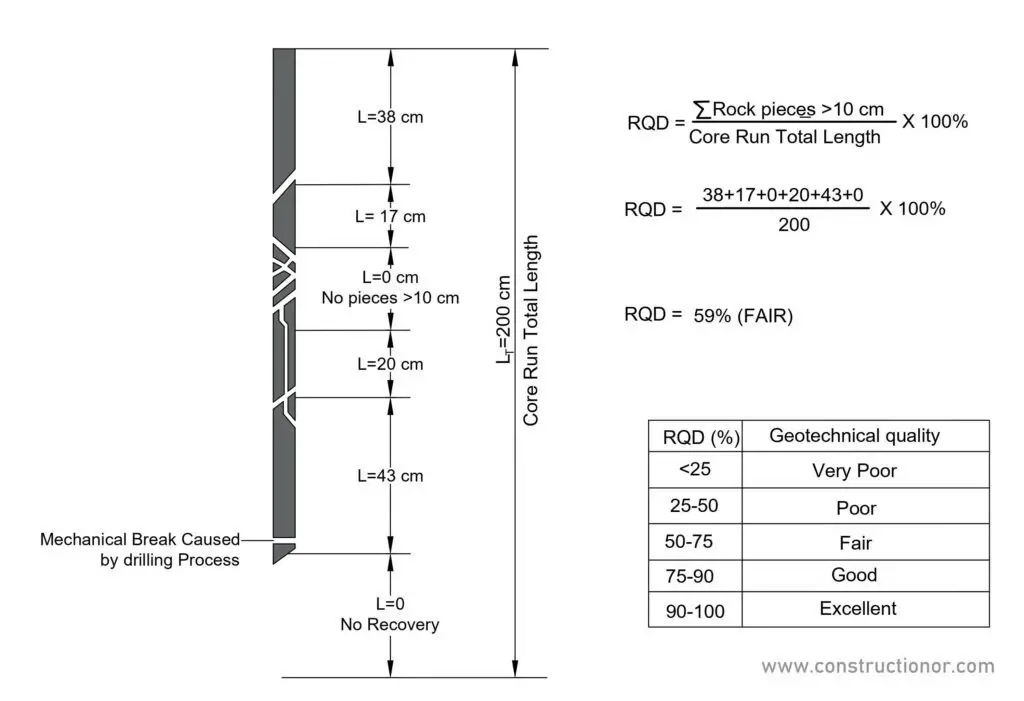



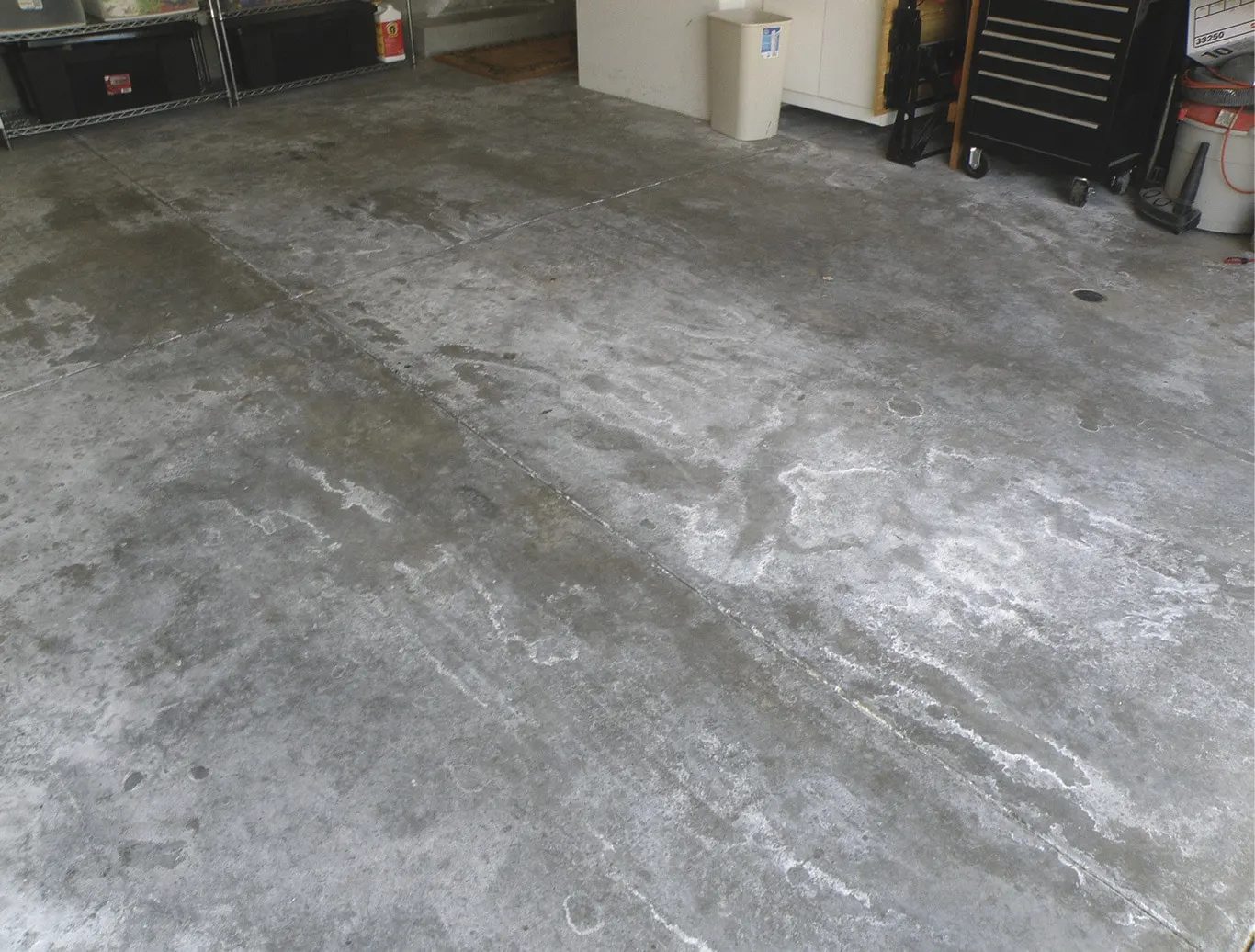
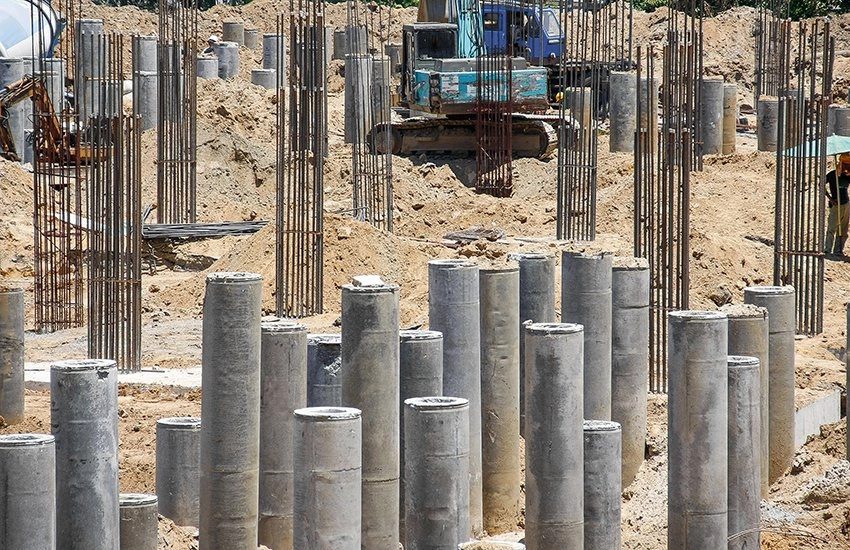

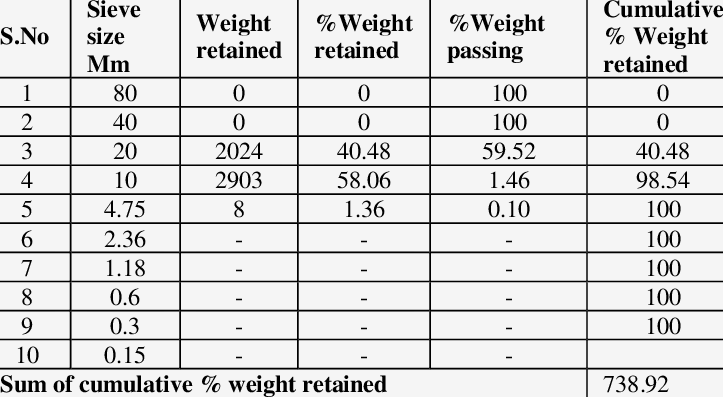
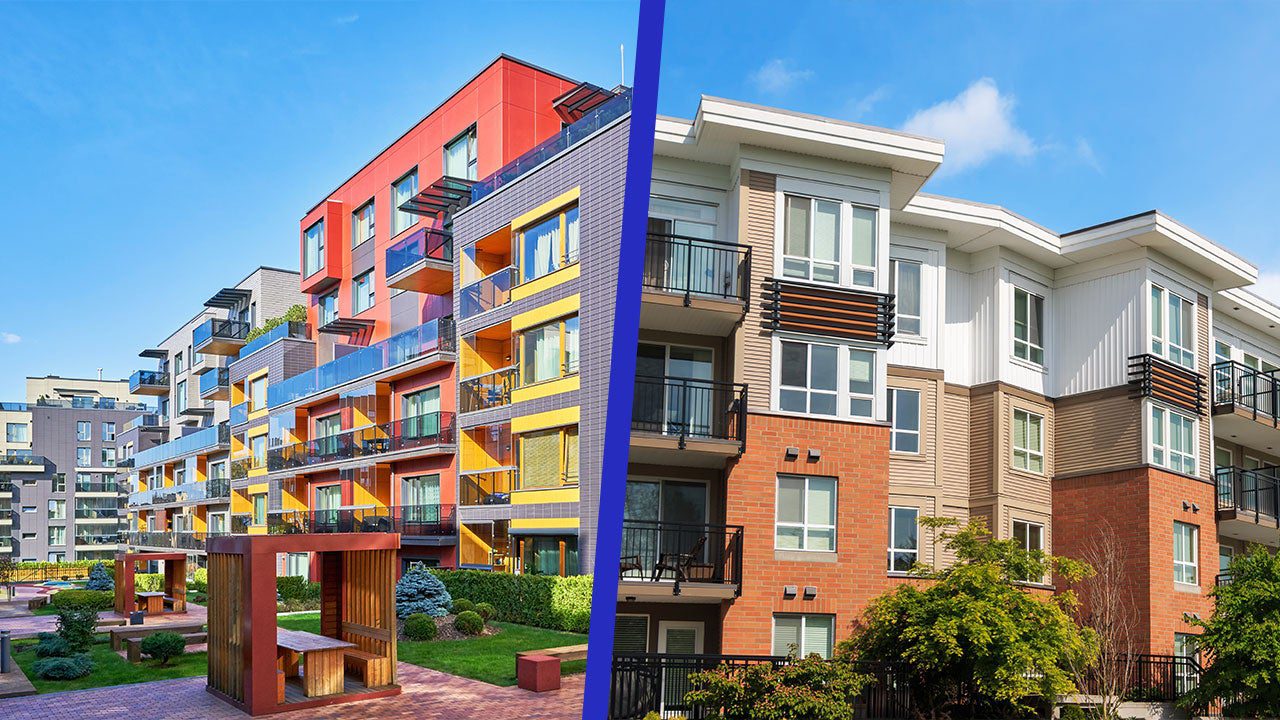
How can we choose which structure shall be consider as ordinary moment resisting frame n which one is special moment resisting frame.
Warm regards
Rakesh
Pune
Special Moment-Resistant Frame: Special proportions and detailing requirements are important in resisting strong shaking with substantial inelastic behaviour, therefore recommended in high seismic zones.
Simple Resistant Moment Frame: These provide the least resistance to lateral motion, therefore recommended in zero/low seismic zones.
Thank you sir,
It’s great that you are sharing the knowledge with everyone….